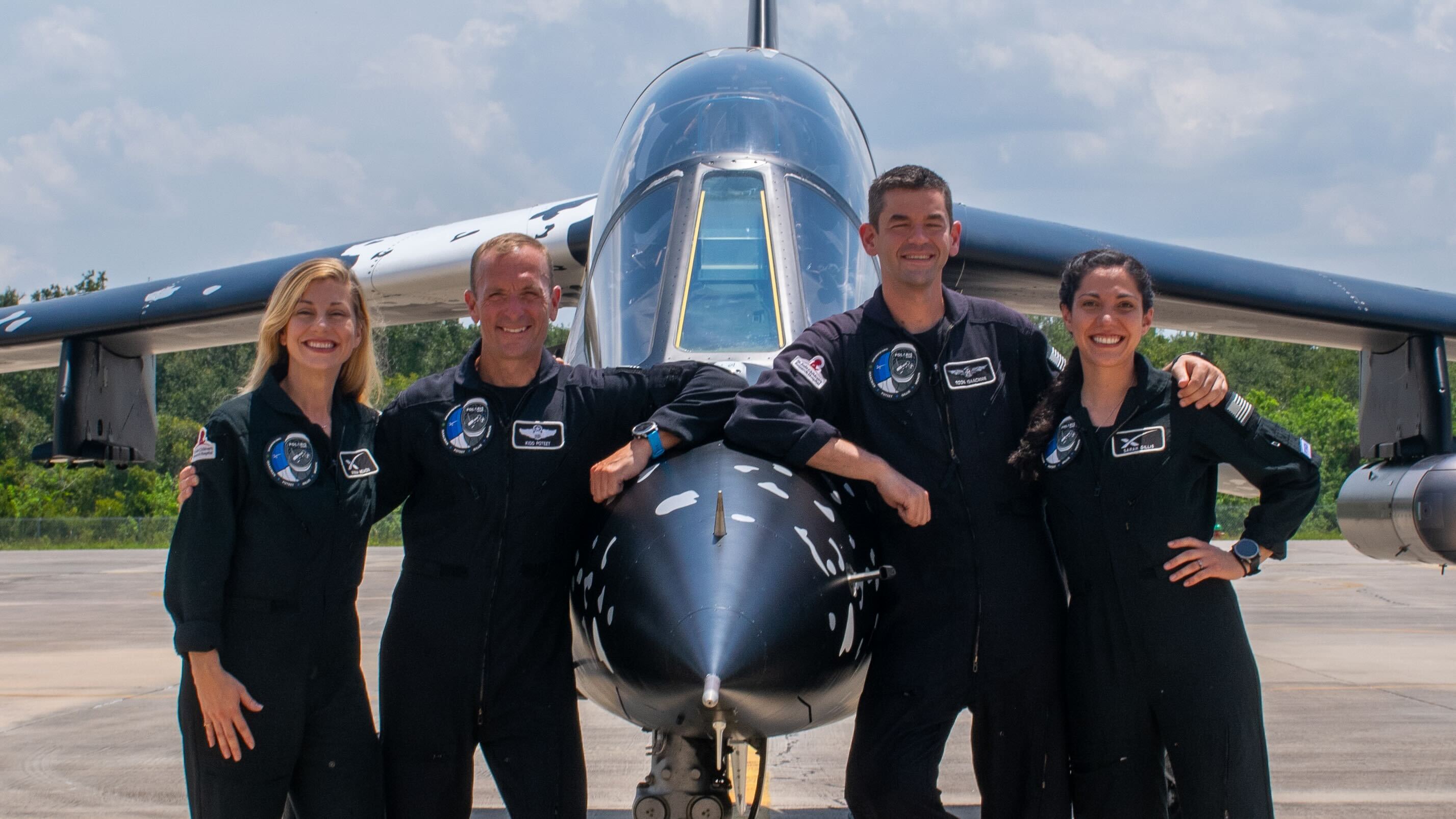
CAPE CANAVERAL, Fla. — The private astronauts behind a U.S. billionaire's Polaris Dawn flight to attempt the world's first private spacewalk landed at NASA's Kennedy Space Center Monday (Aug. 19), with a week to go before their launch into space.
Polaris Dawn is the second privately crewed SpaceX mission funded by philanthropist billionaire Jared Isaacman, and the first of at least three launches he hopes to fly under the "Polaris" program. The launch stands as a follow-up to Isaacman's 2021 Inspiration4 mission, in which he and three other private citizens launched on the first-ever civilian-only spaceflight. Inspiration4 helped raise $250 million for St. Jude Children's Research Hospital in Memphis, Tennessee, and Isaacman hopes to build on that momentum through the trio of Polaris missions.
Beginning with Dawn, Isaacman views the Polaris program as a way to pioneer private spaceflight and demonstrate the scientific return of flying non-commissioned astronauts to space. As part of this endeavor, Isaacman and the rest of the Polaris Dawn crew will fly farther from Earth than any human has in half a century, and will undertake the first all-civilian spacewalk to test out SpaceX's new spacesuits.
The mission is poised to launch no earlier than Aug. 26 from KSC's Launch Complex-39A. Strapped into the same Crew Dragon that launched Inspiration4, Isaacman, the mission's commander, will ride a Falcon 9 rocket to orbit alongside fellow Polaris Dawn crewmember Scott "Kidd" Poteet, a retired United States Air Force (USAF) Lieutenant Colonel serving as mission pilot, with Sarah Gillis and Anna Menon, both Lead Space Operations Engineers at SpaceX — and the first employees to launch to space on one of the company's rockets — serving as mission specialists.
Related: How SpaceX's private Polaris Dawn astronauts will attempt the 1st-ever 'all-civilian' spacewalk

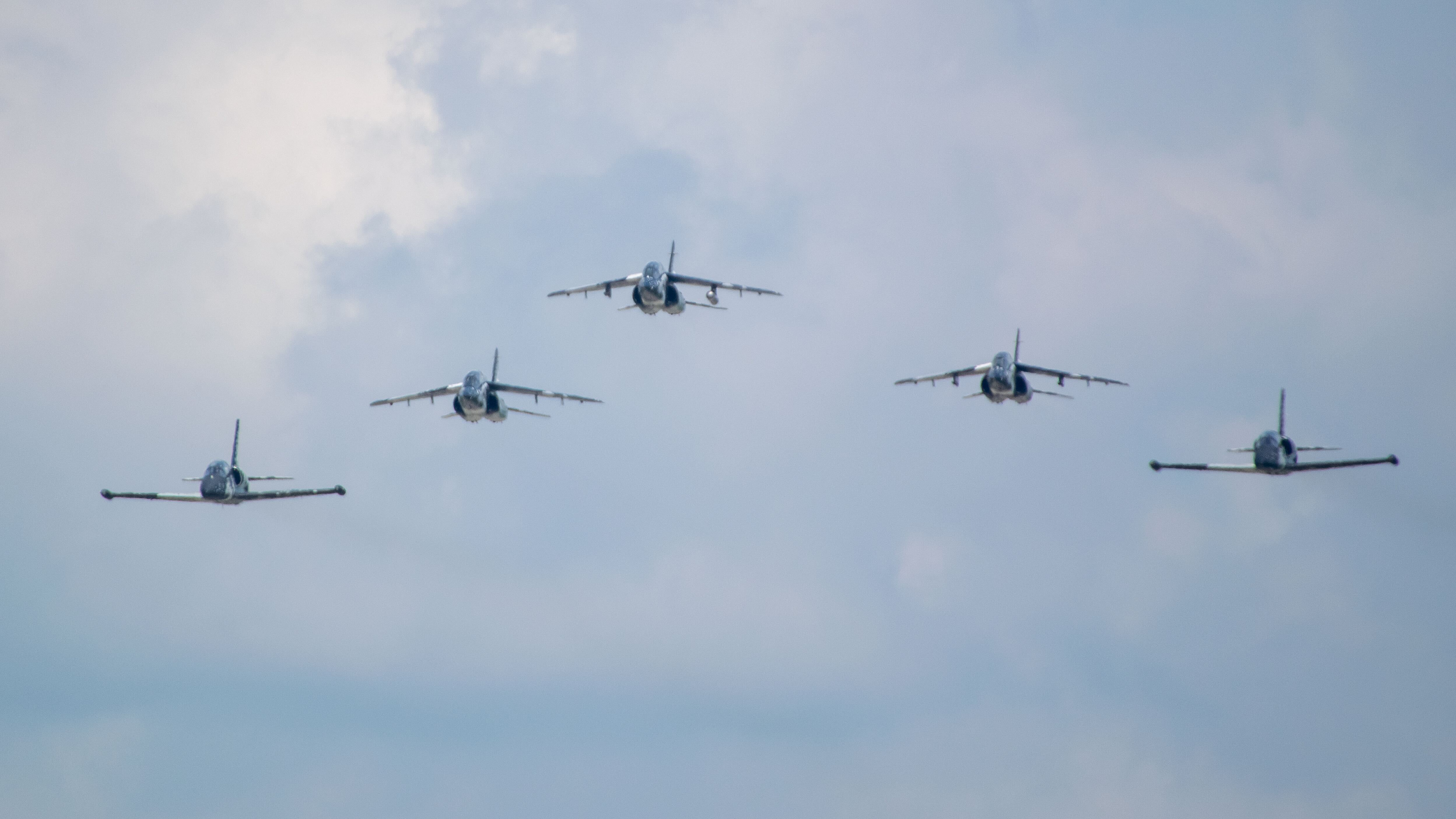


The crew flew in today, piloting a small squadron of stunt jets owned by Isaacman, landing them, one by one, on the runway once used for the space shuttle’s return. After deplaning, the Polaris Dawn crew sat down with reporters at SpaceX's Launch and Landing Facility hangar.
"Every one of these missions will be filled with a number of objectives that are meant to accelerate SpaceX's vision to make life multiplanetary, but you can always count on — just as it is with this mission — that we will use every bit of the time available for science and research, as well as supporting St. Jude Children's Research Hospital," Isaacman told reporters.
He also committed to chasing these goals "throughout the duration of the Polaris program."
Polaris Dawn initially aimed to launch in 2022, but was pushed back several times as hardware for the mission underwent development. Specifically, the team was waiting on the design and manufacturing of SpaceX's new EVA suit as well as completion of the handrail/ladder apparatus fixed to the Crew Dragon hatch during the crew's spacewalk.
In that time, Isaacman and team have been busy training for their mission. During the three years since Inspiration4's success, the crew has been subject to a multitude of endurance and team-building exercises, including mountain climbing, skydiving, scuba diving and high-G jet flights — and the team's cohesiveness shows.



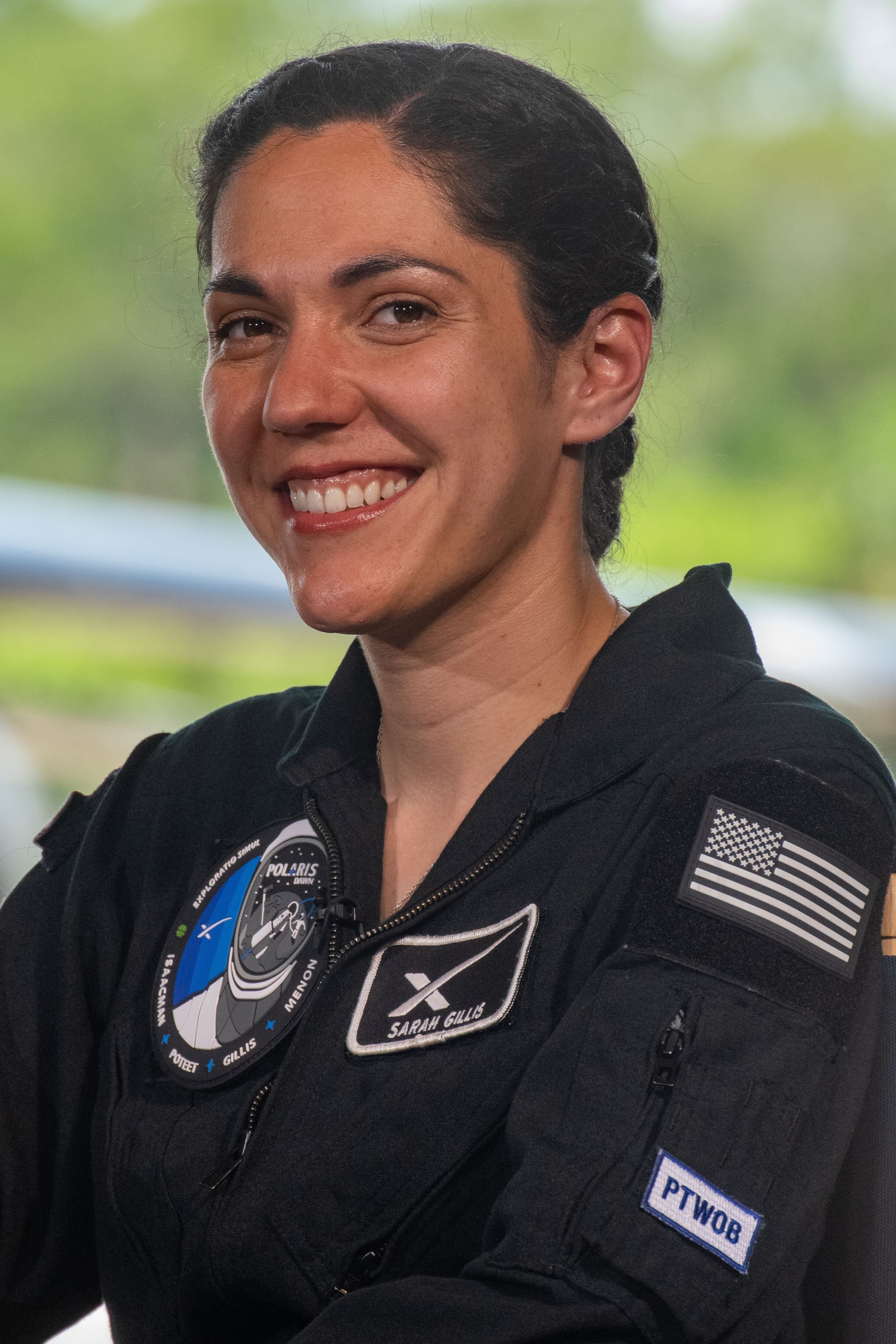
"This has been some of the most challenging training that I've ever experienced," Poteet said.
Poteet flew fighter jets in the U.S. Air Force for 20 years, and in that time says he logged about 1,400 hours of flight combat simulator training. By contrast, in the past two years, he and the rest of the Polaris Dawn crew have logged about 2,000 hours of similar training. "I could not imagine a more qualified crew than these three individuals leading the charge getting prepared for this mission," Poteet told reporters.
The crew also has complete confidence in their spacecraft. This launch will be SpaceX's first with crew since the Falcon 9 rocket was temporarily grounded last month following a malfunction in the vehicle's second stage, which led to the loss of 20 Starlink satellites.
"SpaceX did an incredible job of keeping us informed every step of the way," Menon said on Monday. "Within seconds of it happening, we were talking to SpaceX, and then were kept in the loop every single day as SpaceX addressed the problem, dug into it, tried to understand what was going on, and very quickly thereafter resolved it. I would say that was really confidence-inspiring. I think, you know, as a SpaceXer, it didn't even surprise me at all. This is the way SpaceX does business, and they make sure to look at all of the data, get to the root cause, and then develop all of the fixes necessary to get to the other side. And so I think it has just been a really confidence-inspiring journey," Menon said.
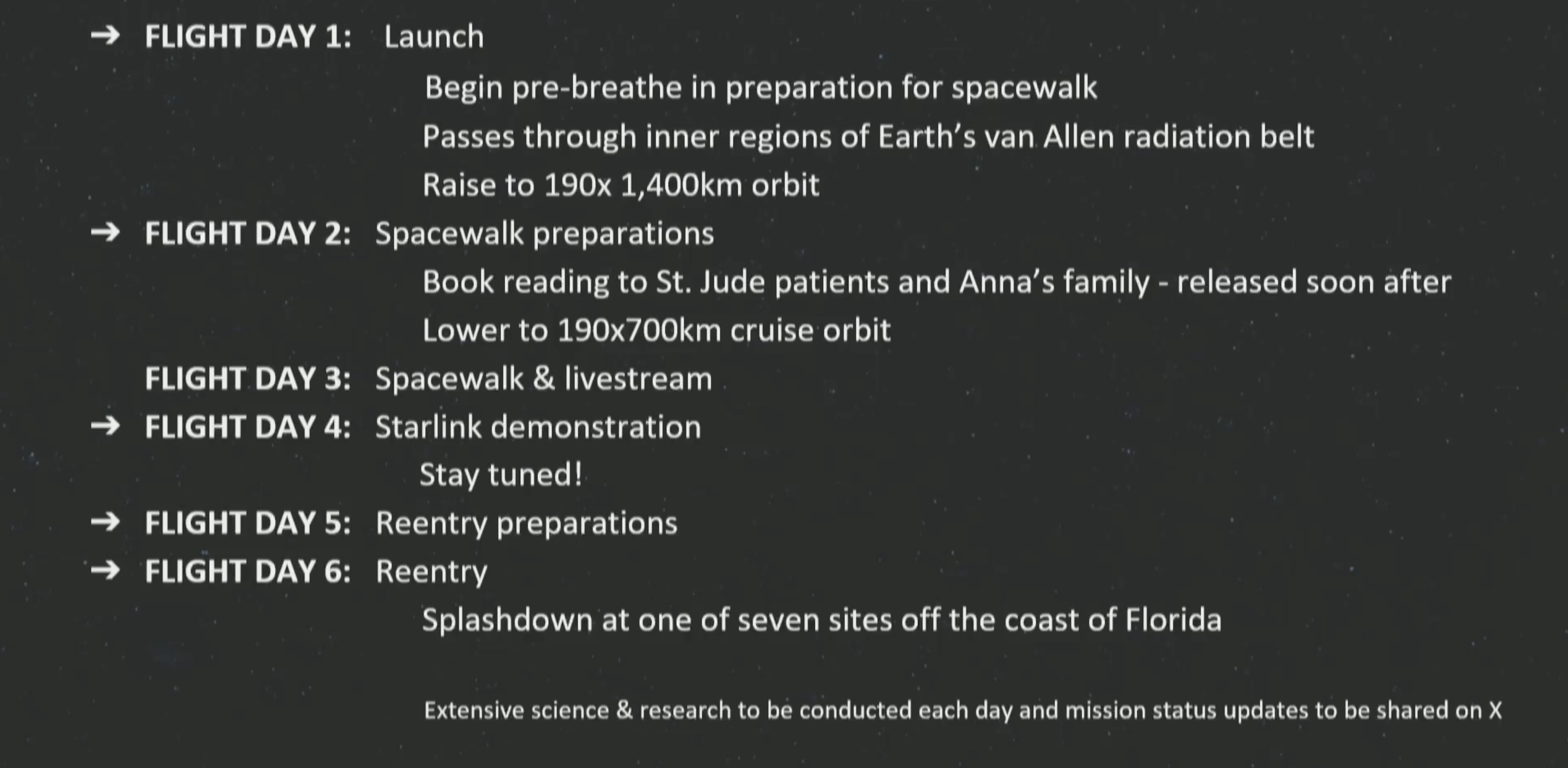
Polaris Dawn will spend five days in space, launching into an elliptical trajectory around the Earth, where Dragon will complete several orbits before raising its maximum altitude, or apogee, to about 870 miles (1,400 kilometers) — higher than any human has flown since the final Apollo mission in 1972. Of the roughly 40 experiments on the crew's manifest, most of them will be performed at this altitude. One of those experiments, for instance, is a laser-communication test that will utilize SpaceX's Starlink satellite megaconstellation network to transmit a message down to Earth.
"You might think getting internet might be as easy as just flipping that switch turning on your internet, but it's not," Gillis told reporters.
"We're talking about a laser sending information to a Starlink satellite that is moving at orbital velocity down to Earth, and then back again. So, it's been an incredible development effort by the SpaceX team — and, on a personal note," Gillis added, "I've taken specific interest in this development effort, and we have a special message that we will share with the world using this technology."
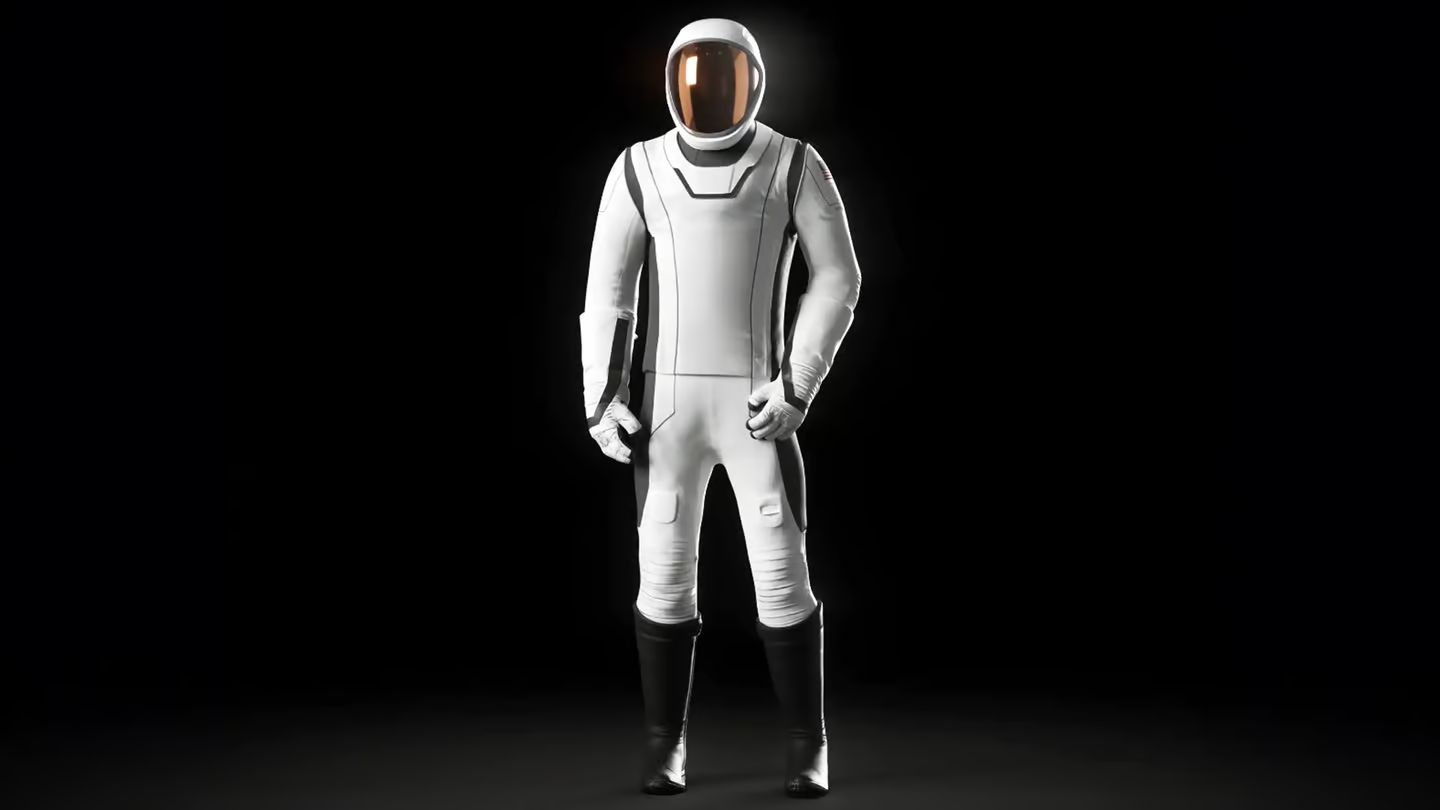
A major focus of the Polaris Dawn mission will be to test SpaceX's new EVA suit. Visibly, the suit looks like a thicker version of SpaceX's previous spacesuit that's designed only for operation inside a spacecraft. But the new suits will be required to function outside a spacecraft, and therefore feature enhanced materials, a thermal management system and new coating on the visor of the helmet. They also have heads-up information displays and cameras.
Once the day of the EVA arrives, and the crew seal their spacesuits to open Dragon's door, they will have about two hours between cabin depressurization to the completion of their suit test. Gillis explained the procedure, where two of the four crew members will exit the vehicle entirely:
"About an hour into orbit, we'll start preparations for the EVA, where we begin a pre-breathe protocol. This pre-breathe is really designed to help mitigate the risk of decompression sickness when we actually go to vacuum in the spacesuits. So, an hour in, we'll go and depress the capsule slightly, and over the course of about 45 hours, we’ll actually slowly drop cabin pressure and raise oxygen concentration to help mitigate the risk, and this leads up all the way to the start of our EVA.
On flight day two, we'll get pressurized in the suits and actually go through a mobility demo where we step through the sequence and movements inside the spacecraft to really make sure there was nothing missed in our training, and that we're confident before we step outside.
Catch a replay of today's Polaris Dawn mission overview briefing ⬇️ https://t.co/YhxEgipfiA pic.twitter.com/RDSZnegshfAugust 19, 2024
Flight day three is the spacewalk. So, that morning, we'll go through system checkouts on both the life support system and the suits before all of us get pressurized on 100% oxygen. We'll complete the final pre-breathe on 100% oxygen before we vent the spacecraft. Once at vacuum, EV1 will open the hatch before EV1 and EV2, serially, will go outside and complete the test matrix that Jared mentioned of suit mobility objectives. Once complete, EV2 will close the hatch, and then we'll proceed with repressurizing the spacecraft and then continue with the science and research for the remainder of the mission."
Specifics regarding the next two Polaris missions are still being developed, but Isaacman has big plans.
"The second mission will build off of what we learn from the first," he said. "The third mission will be the first crewed flight of Starship."
The earliest window for the Polaris Dawn launch opens Monday, Aug. 26, at around 3:30 a.m. EDT (0730 GMT).







